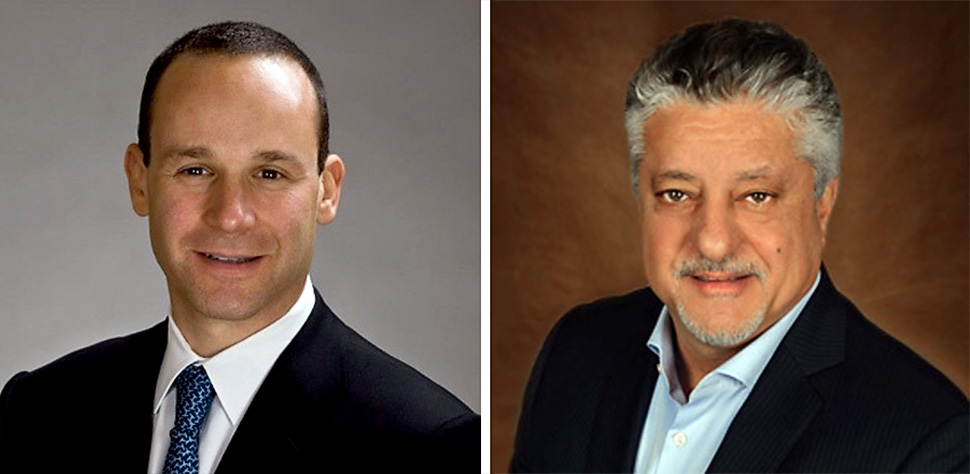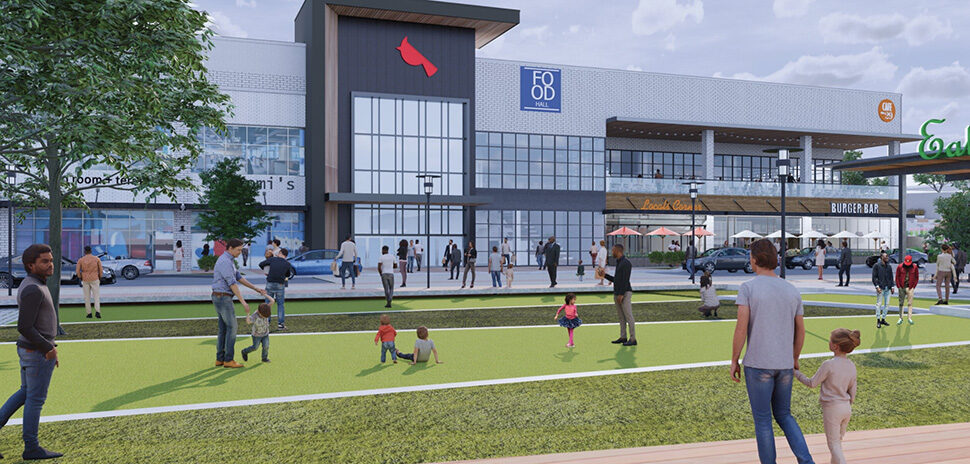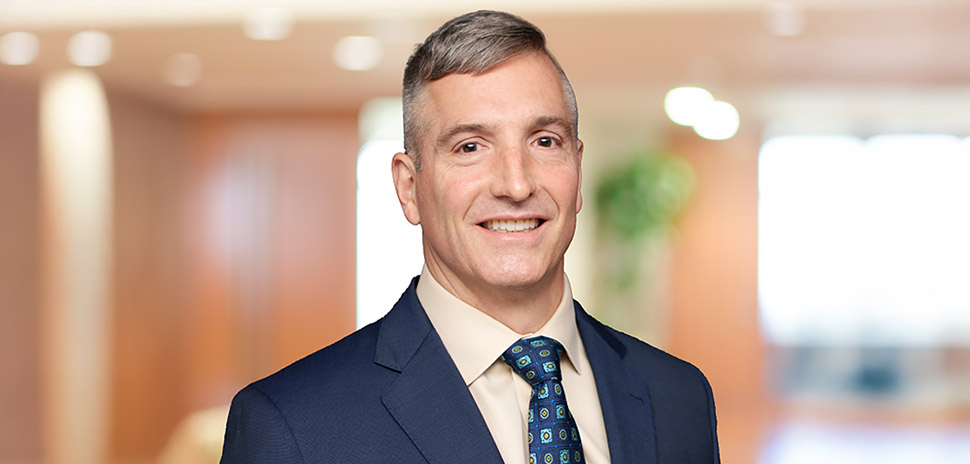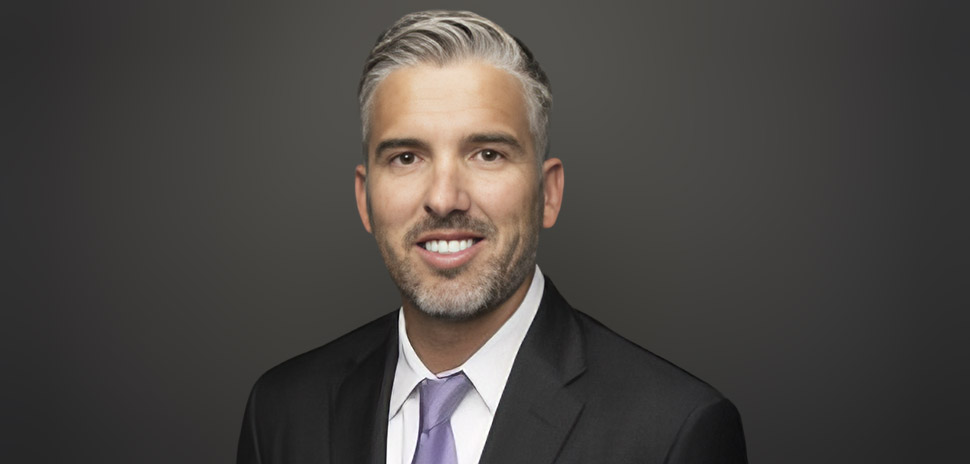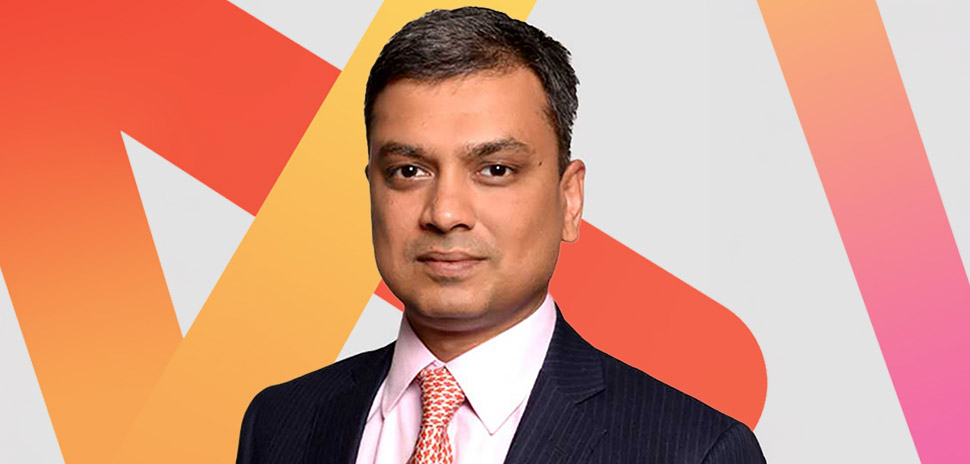Online shopping and a desire for placemaking is changing retail, and traditional malls have felt the impact. So, in a recent forum, Urban Land Institute North Texas (ULINT) poses the question, “What’s in store for aging retail? (There’s no more mall, y’all!)”
Peter Brodsky, owner and CEO of Reimagine RedBird, and Mehrdad Moayedi, president and CEO of Centurion American Development Group, are in the vanguard of developers who are transforming former malls in North Texas.
Brosdky is working to revitalize RedBird Mall in Southern Dallas. Moayedi is redeveloping Collin Creek Mall in Plano.
The pair gathered on Wednesday morning to speak at a ULINT event about reimagining retail centers, called “Transforming America’s Dying Malls Into Thriving Real Estate.”
At RedBird Mall in Southern Dallas, Brodsky, a first-time real estate investor, is working to bring diverse businesses, access to healthcare, multifamily housing, and high-paying jobs to Southern Dallas. The development already supports The DEC @ Redbird, an extension of the Dallas Entrepreneur Center (The DEC), a nonprofit that aims to drive innovation and economic impact.
Among the businesses Brodsky is bringing to the area is a Starbucks. The one at RedBird is the only one in a 208-square-mile area across Southern Dallas.
Another is Chime Solutions, a call center that will take up commercial office space in the mall. The company is committed to bringing high-paying jobs to the area. Its lowest-paying job pays $14 an hour plus benefits.
The workers, Brodsky says, are “going to take the escalator up to the second floor. And guess what’s going to happen at noon? They’re going to eat. And guess what’s going to happen during Christmas? They are going to do their shopping.”
Moayedi says he envisions a similar placemaking effect at the Collin Creek Mall redevelopment in Plano, one which was inspired by his childhood in Iran.
“We lived next to a bazaar, and you could go get things and come back. Mom used to send me for bread all the time,” Moayedi says. “Basically this is the same concept. We want to create a village that has a population.”
Similar to the revitalization at RedBird Mall, Collin Creek is also slated to be home to single- and multi-family housing, a hotel, dining, retail, and green spaces.
The two developers spoke on a panel moderated by Mary Beth Corrigan, the executive vice president of Urban Land Institute.
Why this asset, and why now? How did you convince investors this was the right time and the right project?
Brodsky: “I looked at a couple of different options, and then the mall became available. And the way I convinced my investors was that one day I rolled over in bed and asked my wife if she would mind if we did this… We have a lot of outside investors now. But for the first couple years we were the only bidder on this mall.
The City was a very willing partner. They offered a lot of money and have been terrific to work with… To me, it was a no-brainer. The price was great because it didn’t seem to be a no-brainer to anyone else. And we’ll find out in five years whether I’m a genius or an idiot.”
Moayedi: “Location obviously comes first. We’re surrounded by U.S. 75 on the southern side, George Bush Parkway, 15th Street. So the location is amazing.
It’s a pretty expensive task to take on the parking of 4,000-plus cars underground. But that allows you to have the open space that you need to have. The city was a big deal for us. We couldn’t get done it without them.”
What did the community tell you was most important to them? And how did that influence the decisions in your master planning?
Brodsky: “There’s a very ugly history of white North Dallas developers coming into Southern Dallas and providing, at best, a second-rate product—not really providing the community what they want. This is a community that’s very sensitive to being dictated about what is going to be in their community. When a white guy from North Dallas comes and buys up Redbird Mall, that was not met with cries of glee. It was met with groans and sort of resignation.
What our team did was meet with every person we could possibly meet with, from the leaders to churches to neighborhood groups, homeowners associations, and neighborhood associations.”
Moayedi: “Something like 350 people showed up to an event, and at first, everybody’s walking in like: ‘What is this? We don’t know what this is.’ In the end, I asked for a show of hands, and 95 percent of people spoke in our favor just because they saw the vision. They believed in what we were saying. And we had a reputation. They checked it out and they said okay, you guys better deliver.”
What has been your biggest lesson learned? And what would you do differently on your specific project?
Brodsky: “We probably spent more money than we should have on various iterations. I think I would have taken more time at the beginning just to think everything through. But I can’t say that there’s anything huge yet.”
Moayedi: “For us, it’s really been a great experience so far. And real estate is all about what you’ve done lately. So I hope it stays that way. But working with the right city is the biggest thing for me. So far, we’ve been very pleased.”
![]()
Get on the list.
Dallas Innovates, every day.
Sign up to keep your eye on what’s new and next in Dallas-Fort Worth, every day.

